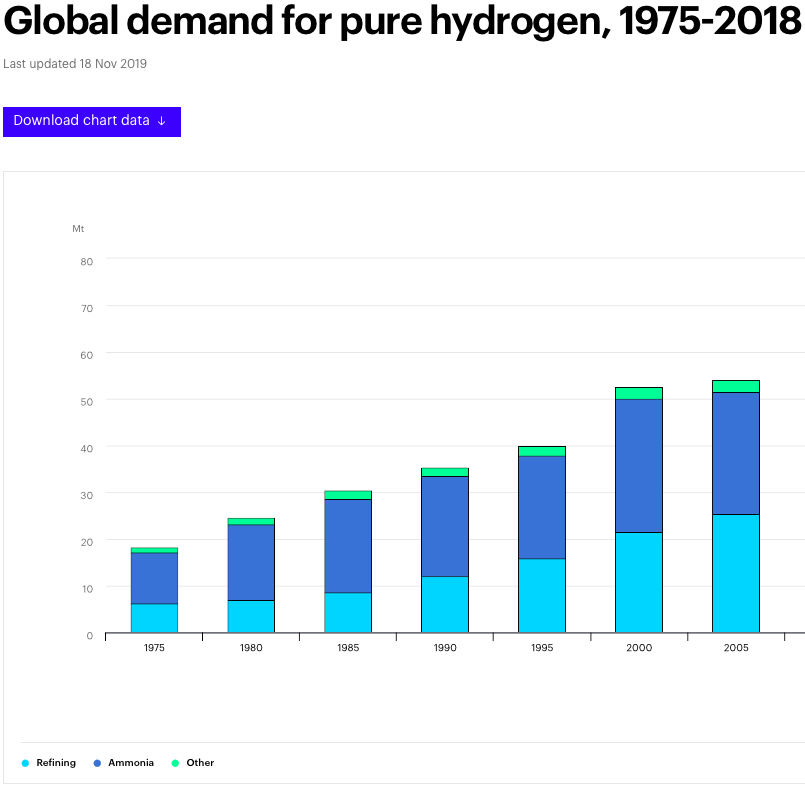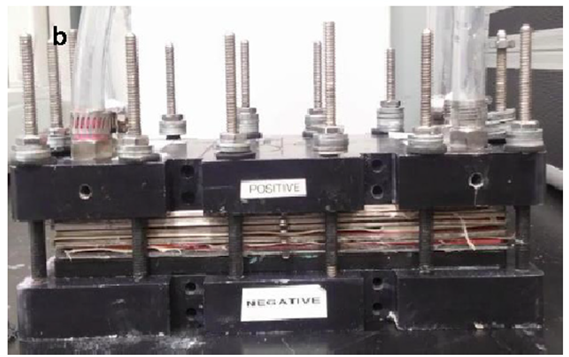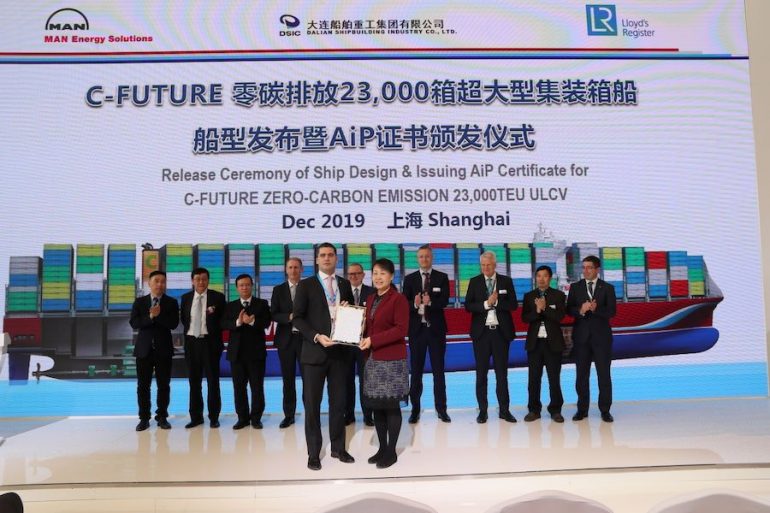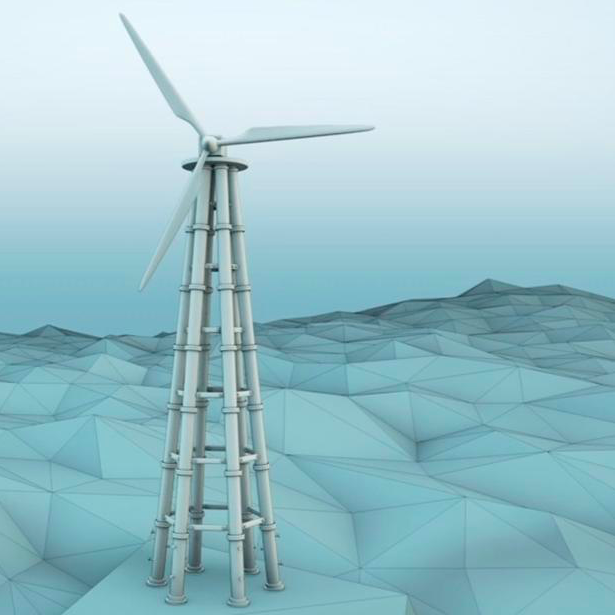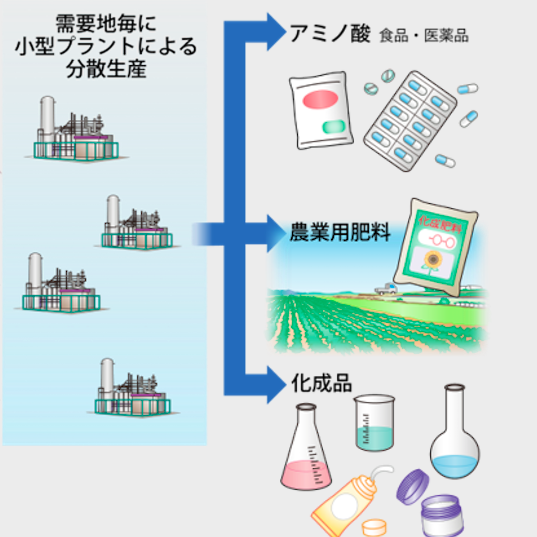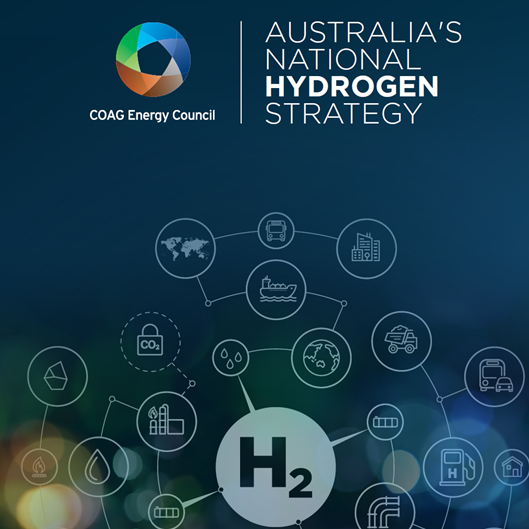Ammonia energy is now a talking point for CEOs
Chief executives of major corporations are now talking about ammonia energy. This represents another crucial step up the learning curve for clean industry: knowledge about ammonia's potential has successfully spread from the R&D department to the executive suite. This is the difference between development and deployment. The fertilizer industry saw this in 2018, when the CEOs of first movers like Yara and OCP announced green ammonia pilot plants. These latest announcements come, however, from the shipping and power sectors — far bigger industries, with no existing ammonia business — and they focus on the use of green ammonia: for fuel and for profit.

